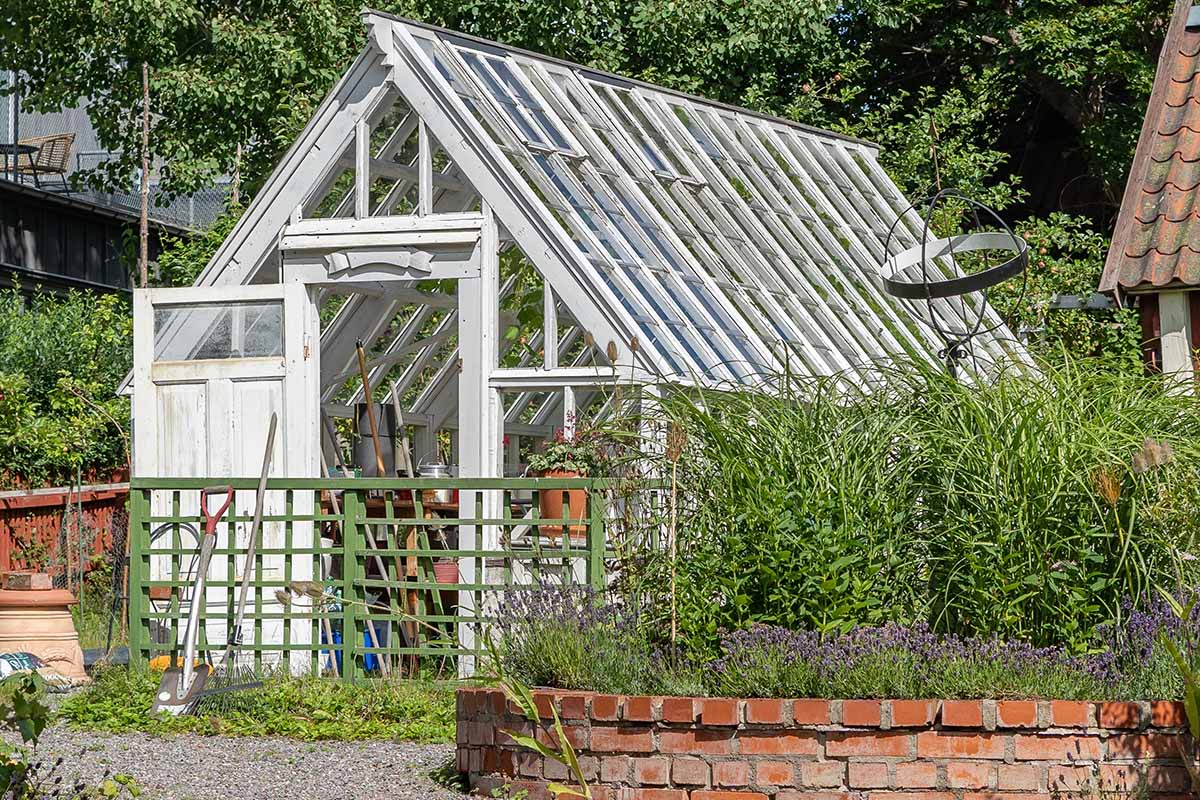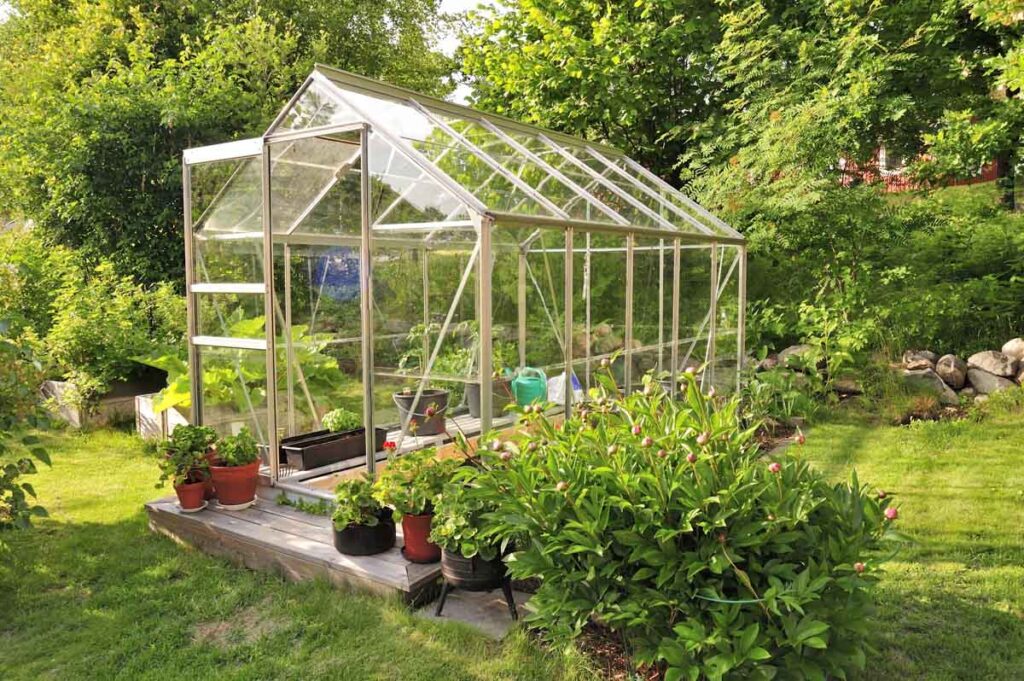blog
How to Choose the Perfect Greenhouse Tools
A greenhouse is an ideal space for cultivating plants year-round, providing the perfect environment for various types of flowers, vegetables, and fruits. To ensure your greenhouse is a thriving and efficient growing space, it’s important to equip it with the right tools. Greenhouse tools are specifically designed to handle tasks like planting, watering, pruning, and maintaining the ideal climate. However, choosing the perfect greenhouse tools can be overwhelming due to the vast variety of options available.
In this comprehensive guide, we’ll explore how to choose the best greenhouse tools, considering factors such as functionality, durability, ergonomics, and material. Whether you’re a seasoned gardener or new to greenhouse gardening, this article will help you make informed decisions about the tools that will make your greenhouse work easier and more efficient.
1. Assess Your Needs
Before you dive into purchasing greenhouse tools, it’s essential to assess the specific needs of your greenhouse. Are you focusing on growing flowers, vegetables, or a combination of both? Do you have a small or large greenhouse? Understanding the size, type of plants, and the specific tasks you plan to perform will help you choose the tools that will best suit your needs.
Consider the following factors:
- Size of Your Greenhouse: A larger greenhouse may require more heavy-duty or specialized tools, while a smaller one might benefit from compact and versatile options.
- Type of Plants: Different plants have different care requirements. For example, delicate flowers or small herbs may require precision tools, while large vegetable plants may need robust, heavy-duty tools.
- Your Gardening Experience: If you’re new to greenhouse gardening, you might want to focus on basic, easy-to-use tools. Experienced gardeners might look for more advanced tools or additional equipment that improves efficiency.

2. Essential Greenhouse Tools
Certain tools are essential for any greenhouse, whether you’re growing flowers, vegetables, or herbs. Here are the must-have greenhouse tools that every gardener should have:
a. Pruning Shears
Pruning shears are essential for keeping plants in your greenhouse healthy. These tools allow you to trim dead leaves, shape plants, and remove spent flowers. Sharp and durable pruning shears ensure a clean cut, preventing damage to the plant and allowing it to heal faster.
When choosing pruning shears, consider the following:
- Blade Material: Stainless steel blades are corrosion-resistant and easy to sharpen, making them a popular choice for pruning shears.
- Grip Style: Ergonomic handles help reduce hand strain, especially during extended use. Look for handles with rubberized grips for better comfort.
- Size of the Shears: The size should match the tasks you plan to perform. Smaller shears are ideal for delicate pruning, while larger ones are better suited for heavy-duty trimming.
b. Watering Tools
Watering your greenhouse plants properly is crucial for their growth. There are a variety of watering tools designed for different purposes. Some of the most popular watering tools include:
- Watering Cans: A classic tool for gardeners, watering cans allow you to control the amount of water dispensed, making them perfect for smaller plants and delicate seedlings. Choose a watering can with a long spout for better reach.
- Hose and Hose Nozzles: For larger greenhouses, a hose with a nozzle attachment is ideal. Adjustable nozzles allow you to control the water flow, providing a gentle shower or a strong stream depending on the needs of your plants.
- Irrigation System: Automated drip irrigation systems or soaker hoses can be a great investment for larger greenhouses. They ensure that water is delivered directly to the plant roots, reducing water waste and ensuring consistent moisture levels.
c. Trowels and Hand Forks
Trowels and hand forks are indispensable for planting, transplanting, and maintaining the soil in your greenhouse. A trowel is used for digging small holes for planting seeds or bulbs, while a hand fork helps with loosening soil, aerating, and breaking up compacted soil.
When choosing trowels and hand forks, look for:
- Durability: Tools made from stainless steel or other high-quality metals tend to last longer and are easier to clean.
- Comfortable Handles: Wooden or rubberized handles offer a good grip and reduce hand fatigue during extended use.
- Size and Weight: Choose tools that are lightweight and easy to maneuver, especially if you have many plants to tend to.
d. Greenhouse Thermometer and Hygrometer
Temperature and humidity control are critical factors in greenhouse gardening. A thermometer and hygrometer allow you to monitor the internal environment of your greenhouse, ensuring that your plants receive the right conditions to thrive.
When selecting these tools, consider:
- Accuracy: Look for thermometers and hygrometers with clear, easy-to-read displays and high precision.
- Durability: Since these tools will be exposed to varying weather conditions, choose ones made from durable materials such as stainless steel or weather-resistant plastic.
- Range: Ensure that the thermometer and hygrometer can measure the appropriate temperature and humidity ranges for the plants you’re growing.
e. Shovels and Spades
Shovels and spades are essential tools for moving soil, compost, and other materials within your greenhouse. These tools come in various shapes and sizes, so it’s important to choose the right one for the tasks you need to perform.
- Shovels: A long-handled shovel is ideal for digging, lifting, and transferring soil. A smaller, hand-held shovel may be more appropriate for working in confined spaces or planting containers.
- Spades: A spade has a flat blade, which makes it ideal for cutting through roots or digging up compacted soil. Choose a spade with a comfortable grip to reduce strain on your hands.
f. Gloves
Protecting your hands while gardening is crucial, and gloves are the first line of defense. High-quality gardening gloves will protect your hands from dirt, cuts, and blisters, ensuring comfort and safety while handling plants, soil, and tools.
When choosing gloves, look for:
- Material: Leather gloves provide durability and protection, while cotton gloves are breathable and comfortable for light gardening tasks. For more protection, rubberized or nitrile gloves are waterproof and offer good grip.
- Fit: Choose gloves that fit snugly but aren’t too tight. This ensures dexterity and allows you to handle tools and plants easily.
- Padding: For tasks involving heavy lifting or digging, look for gloves with padded palms for added comfort and support.
3. Advanced Greenhouse Tools
Once you’ve mastered the basics, you may want to invest in advanced greenhouse tools that can make your gardening tasks even easier and more efficient.
a. Electric Pruners
Electric pruners are a great option for gardeners who have large greenhouses or need to prune multiple plants. These tools make pruning faster and easier by eliminating the need for manual cutting. They are especially beneficial for those with limited hand strength or arthritis, as they require less effort to operate than traditional pruning shears.
When choosing electric pruners, ensure they have:
- Rechargeable Battery: A long-lasting battery allows for uninterrupted pruning sessions.
- Sharp, Durable Blades: Look for pruners with high-quality blades that stay sharp for longer.
- Ergonomic Design: Choose a pruner with an easy-to-grip handle to minimize hand strain.
b. Garden Rakes
Garden rakes are an excellent tool for leveling soil, removing debris, and spreading mulch or compost in your greenhouse. They come in various designs, including adjustable rakes that allow you to modify the width to suit your needs.
When choosing a rake, consider:
- Material: Look for rakes made from stainless steel or other corrosion-resistant materials to ensure durability.
- Handle Length: Choose a rake with a handle length that suits your height, ensuring you don’t have to bend down excessively.
- Adjustability: An adjustable rake offers more flexibility and can be used for both small and large areas of your greenhouse.
c. Garden Carts and Wheelbarrows
Transporting soil, compost, plants, and tools within your greenhouse can be a laborious task. A garden cart or wheelbarrow makes this process much easier, allowing you to move heavy materials with ease.
When choosing a garden cart or wheelbarrow, look for:
- Sturdy Frame: Choose one with a durable, rust-resistant frame made from steel or heavy-duty plastic.
- Capacity: Make sure the cart or wheelbarrow is large enough to hold the materials you typically work with but not so large that it’s difficult to maneuver in your greenhouse.
- Comfortable Handle: Look for a cart with a well-designed handle that allows for easy pushing or pulling.

4. Ergonomics and Comfort
When working in a greenhouse, comfort is key, especially if you plan to spend extended periods of time tending to your plants. Many gardening tools are now designed with ergonomics in mind to reduce strain on your body.
Look for tools with features such as:
- Padded Grips: Ergonomic handles with soft padding can reduce hand fatigue and make long gardening sessions more comfortable.
- Adjustable Features: Tools with adjustable handles, such as long-handled rakes or shovels, allow you to work without bending down, reducing strain on your back.
- Lightweight Construction: Lighter tools are easier to maneuver and can help you work for longer periods without getting fatigued.
Conclusion
Choosing the perfect greenhouse tools is crucial to making your gardening experience both enjoyable and productive. By understanding the tasks you’ll be performing in your greenhouse and selecting tools that are durable, ergonomic, and tailored to your needs, you’ll set yourself up for success. Whether you’re just starting out or are a seasoned greenhouse gardener, having the right tools will help you maintain healthy plants and make your gardening efforts more efficient. With careful consideration of each tool’s function, material, and comfort, you’ll create the perfect environment for your plants—and for yourself.


